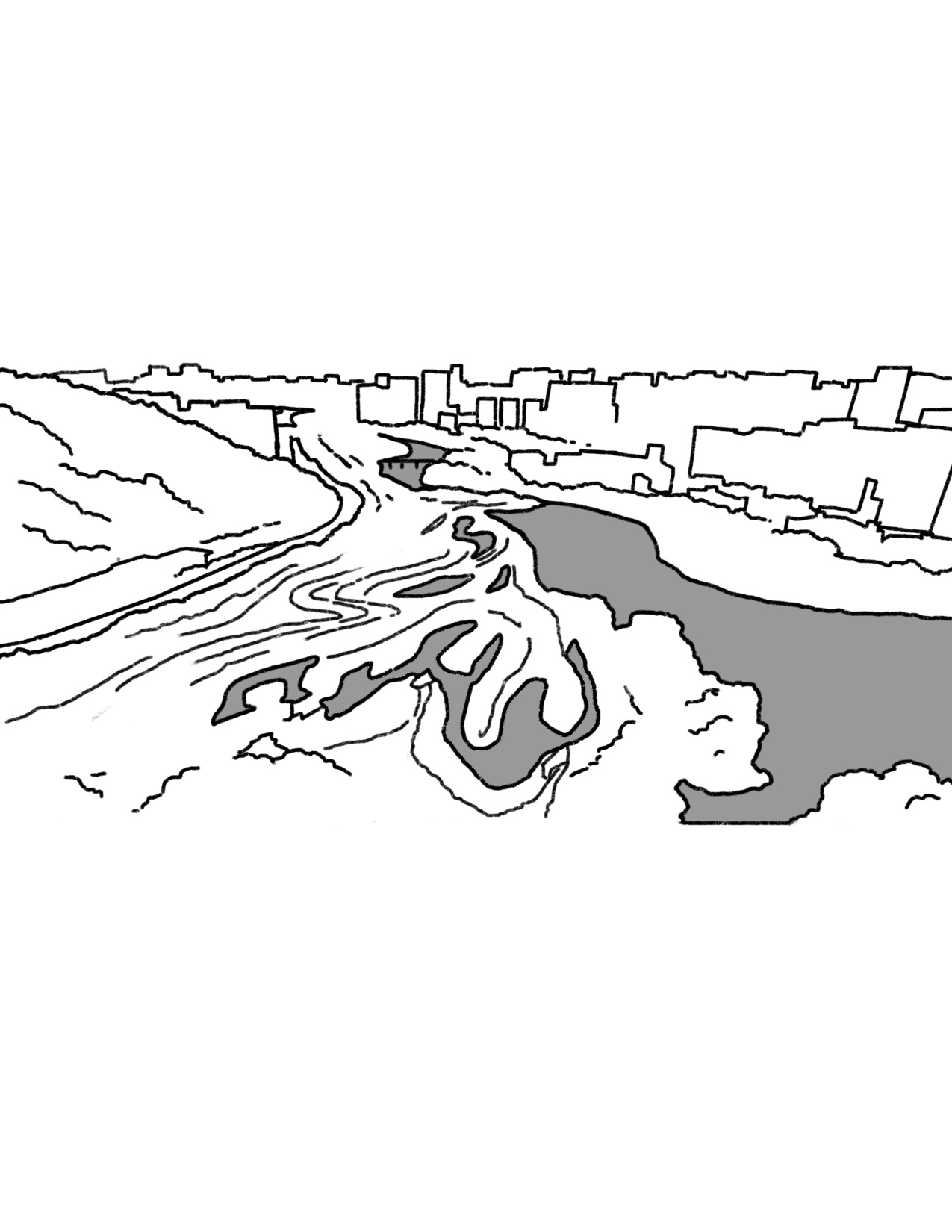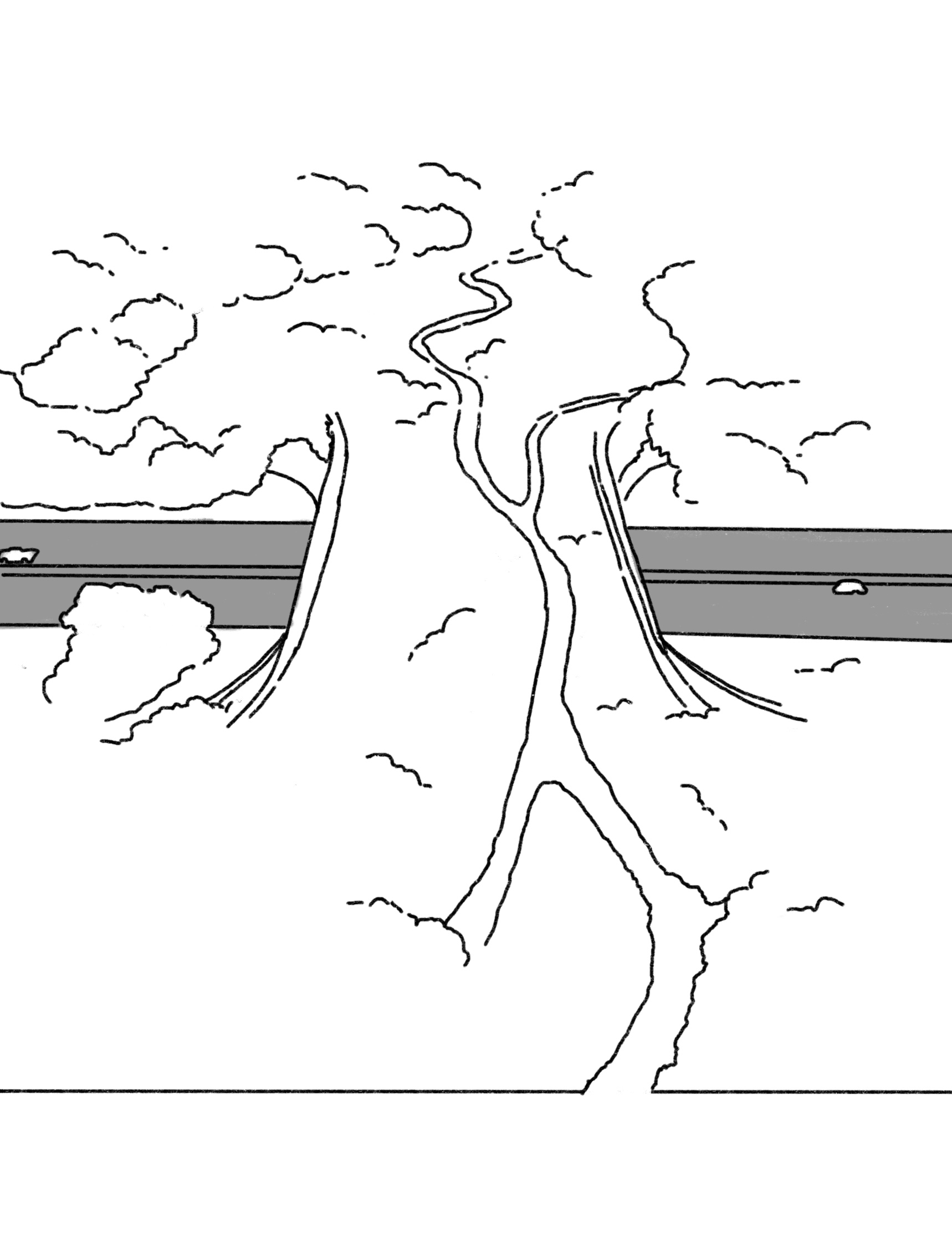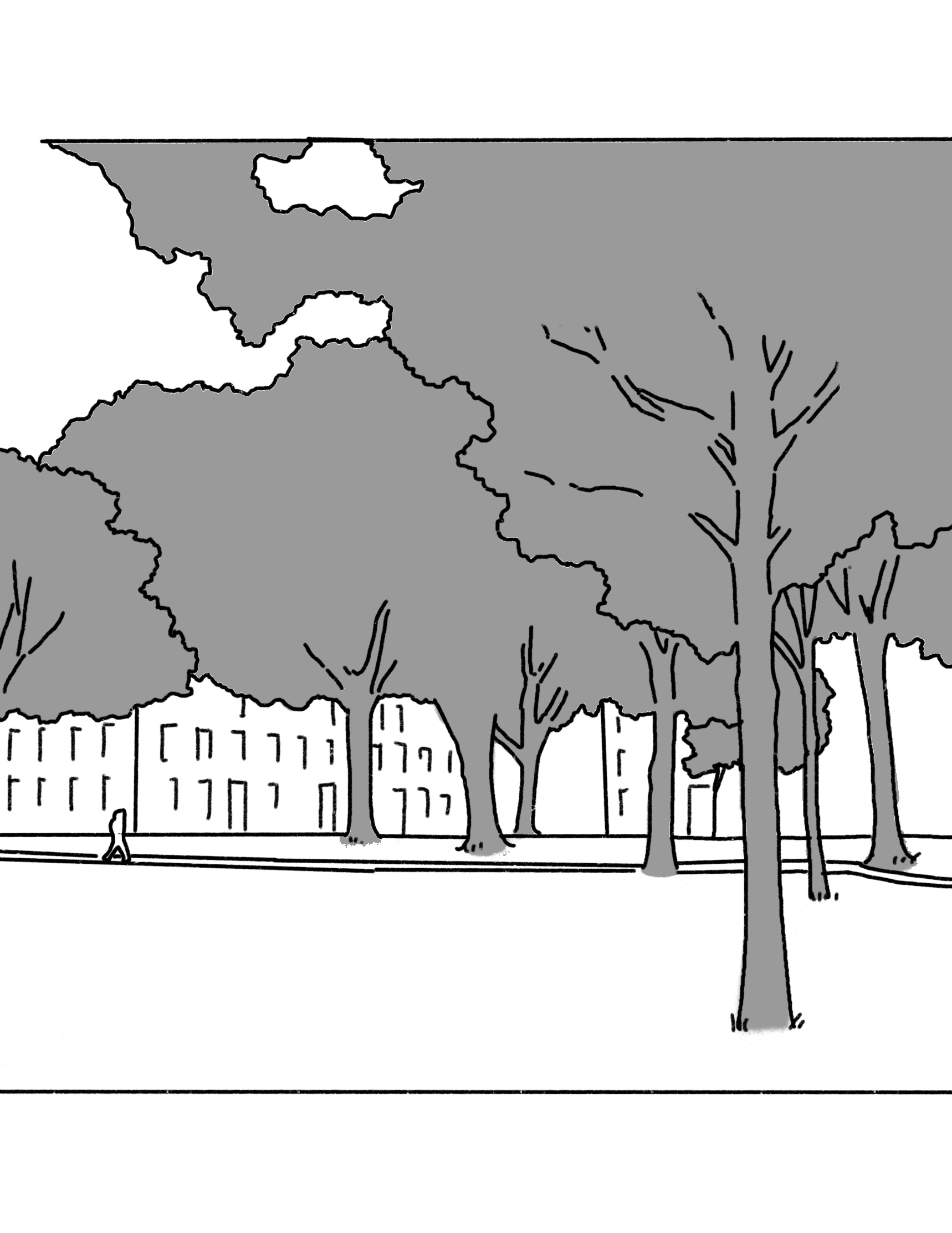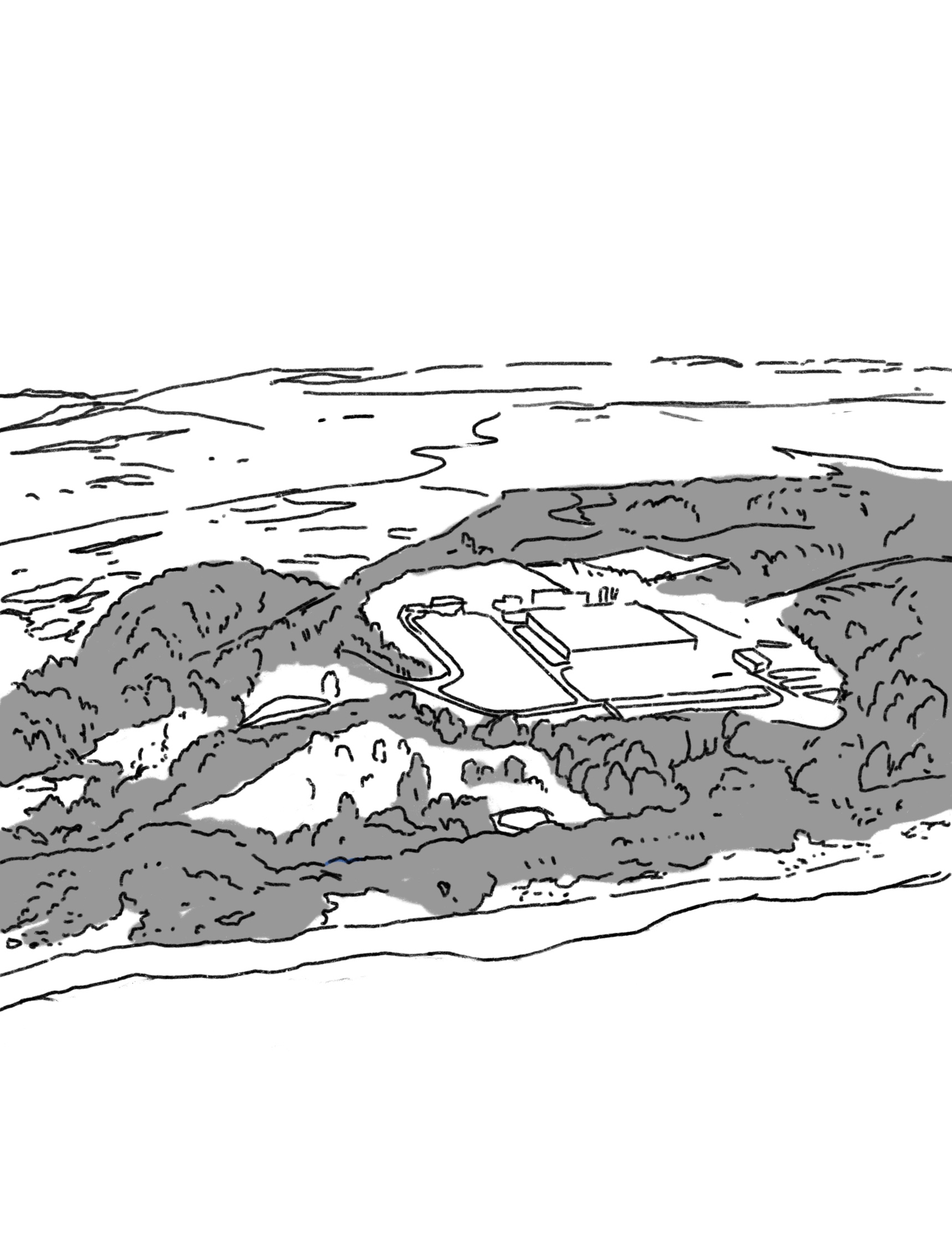Strategy
Adaptation
Increase Biodiversity
The impacts of climate change have caused severe damage to global ecosystems by accelerating the rate of species loss and extinction. By replacing or adding complexity to existing monocultures, the risk of catastrophic flora or fauna loss can be reduced.
Protect habitat
Options
...with an inventory of the species that existed pre-design and designing site specific conservation and adaptation.
...with a buffer of aquatic habitat with at least 100’ of undeveloped area.
...by protecting sensitive habitat areas from increased climatic events such as floods and storm surges along coastal areas and rivers.
...by reducing disturbance from landscape maintenance or maintenance frequency to encourage nesting, mating, and hibernation.
...by protecting species from heat and chemical pollution (shading streams with topography and vegetative shade to regulate temperature, controlling sediment, etc.).
Case Study
At Sanya Mangrove Park, Turenscape rehabilitated mangroves using interlocking landform fingers in order to allow tidal fluctuation while avoiding surges from annual tropical storms or direct exposure to polluted urban runoff. This strategy also helped maximize the “edge effects” by ensuring a diversity of water depth--key to improving biodiversity in aquatic shoreline habitats.

Connect habitat
Options
...with large (2.5 acre+), contiguous, multi-species woodland or grassland plant patches with the maximum amount of interior, or minimum division into smaller patches (no habitat fragmentation).
...by designing for species migration, providing broad corridors and stepping stones to other temperature or precipitation gradients in landscapes less modified by human development (like up a mountain), or providing habitat that offers a range of microclimate refugia.
...by connecting large planted patches (2.5 acre+) with other patches via habitat corridors, zones, or a corridor network (wildlife crossing, uninterrupted planted corridor, etc.).
Case Study
At Hardberger Park Land Bridge, a mixed-use wildlife crossing, STIMSON and Rialto Studio connected two large conservation areas across a six-lane highway. A vegetated corridor provides ample space and protective cover for opossums, deer, rabbits, armadillos, ring-tailed cats, while a separated pathway allows pedestrians to use the same crossing without conflict.

Increase complexity (by adding new species to existing monocultures)
Options
Case Study
By the 1990s, most of the elm trees in Harvard University’s main quad had been infected by Dutch Elm Disease. MVVA developed the Harvard Yard Restoration, a long-term solution for replacing the campus canopy with more than 20 tree species pruned to a similar form, paying close attention to site microclimates and preserving the character of the space while escaping the inherent vulnerability of a monoculture.

Make or expand quality habitat for diverse animals, insects, and plants
Options
...with adequate light, air, and soil for plants.
...with a complex forest edge in plan and section.
...with water sources.
...with food and forage sources (pollinator-friendly plantings, bird-friendly, etc.).
Case Study
Aspect Studios helped plan and design the Victorian Desalination & Ecological Reserve, a 225-hectare ecological restoration area adjacent to a newly constructed desalination plant. The site, which had been denuded by grazing and mining operations, was revegetated with native species to reconnect an otherwise contiguous coastal habitat corridor.
